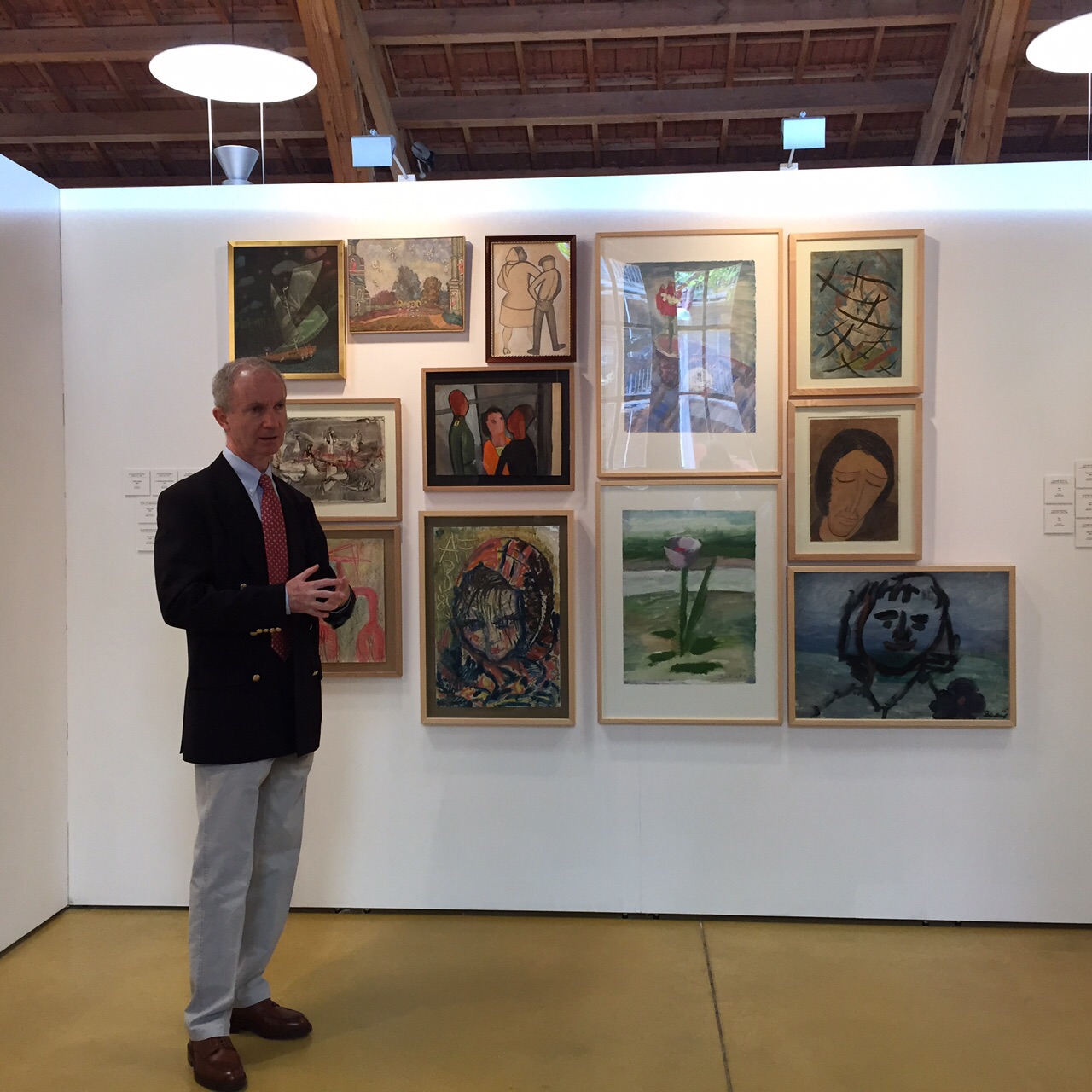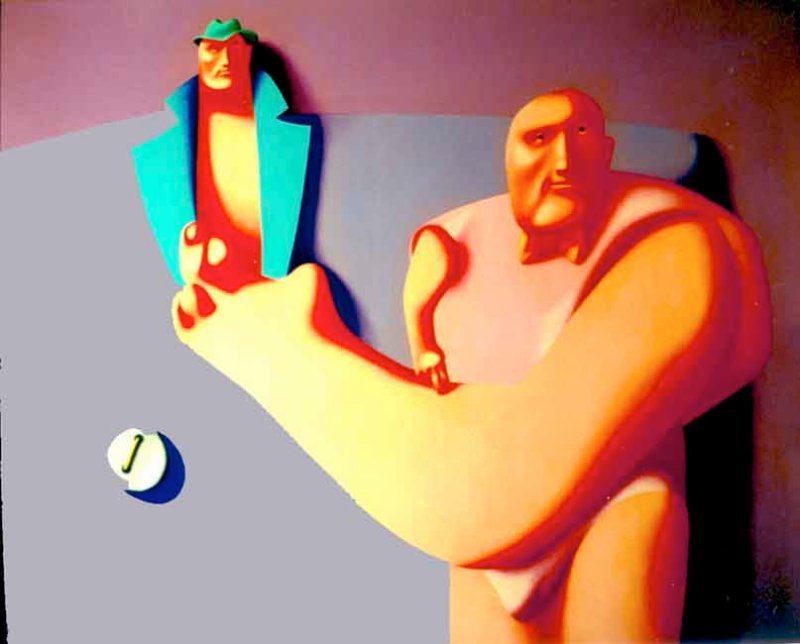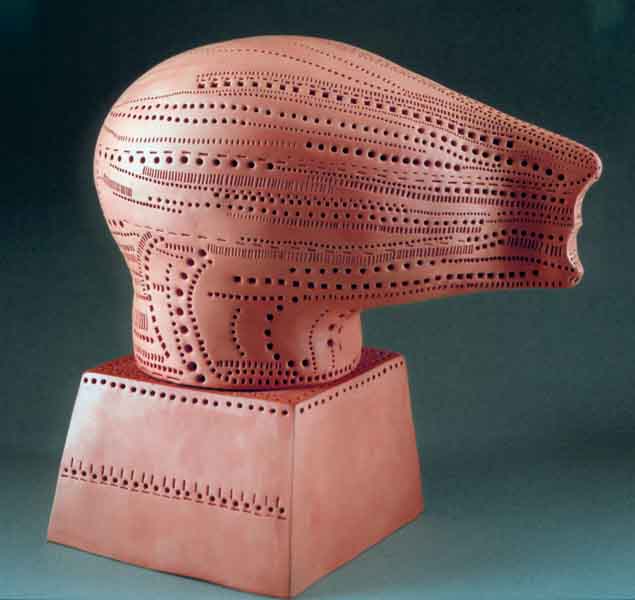
Russian Nonconformist Art. The Jean-Jacques Guéron Collection
09/09/2015
In the Spanish town of Mataro, the Nau Gaudí building – which was the first industrial project built by this great architect, and which now houses the Museum of Modern Art – looks like a giant ship resting upside down. It is also the venue where an extensive exhibition of Russian Nonconformist art from the Jean-Jacques Guéron Collection will be held until January of next year. 125 works will be on view – paintings and sculptures – with special emphasis on the works of Mihail Chemiakin and Vladimir Yankilevsky. Also shown will be works by such grandiose artists of the same period as Erik Bulatov, Grisha Bruskin, Ilya Kabakov, Oskar Rabin, Oleg Tselkov, and Anatoly Zverev, among many others. The Guéron Collection differs from other private collections of Russian art from the second half of the 20th century (with the 1960-80 period prevailing) in that this collection was formed exclusively outside of Russia. Guéron specifically attended the studios of Russian artists in Paris and its suburbs, and bought works from the artists personally. He confesses that becoming a collector of such high-level works was not easy for him: “At first, you're always alone. One has to choose, to decide what to buy from a particular artist – which work will be the best representation of the artist you're interested in.”

We caught up with the outstanding collector Jean-Jacques Guéron and asked him a few questions for our express-interview.
Why did you start to collect Russian Nonconformist art? Was it somehow connected to your own life?
I started collecting unofficial Russian art when, by chance, and knowing almost nothing of art and having no connections to Russia, I met Mihail Chemiakin at the very beginning of 1972, when he had just arrived in Paris. I fell in love with his art, and he introduced me to the works of almost all of the non-official artists in the USSR. Having little money to spend, I bought only one work from him before he left for America in 1980.
After that, I began to buy works from other artist who had arrived in Paris in the seventies: Oleg Tselkov, Oscar Rabine, Valentina Kropivnitskaia... I also tried to get works from artists who never even came to France, like Shvartsman, Kranopevtsev, Yakovlev, Nemukhin... In 1991, when Vladimir Yankilevsky arrived in France, I already new his works and I tried to buy as many as I could.

Oleg Tselkov. Deux, 1979
I no longer collect, and am instead trying to obtain as many documents as I can about this generation of artists. Most of these artists became my friends, and very recently, I even tried to learn a little bit of the Russian language. I am sure that they are all historically important artists in terms of representing the Russian art of the sixties, and probably some of them will eventually be recognized as great artist on an international level as well; only time will tell.
Is this the first time that the works are being made available for viewing by a wider audience? How do you, as a collector, feel when works from your personal collection travel from Paris to Spain to be exhibited in the Contemporary Art Museum of Mataró?
I had another opportunity to show works from my collection in 2003, in the city of Pamplona – always in Spain.
In Mataro, the exibition features 120 pieces from my collection, and five from my cousins, Carmen and Luis Bassat, thanks to whom this exhibition was made possible.

Alexander Ney. Tête, 1978
I have always wanted to share what I knew about these great artists, and I was very glad when I saw how extremely enthusiastic the public was at the opening of the exhibition in Mataro. The Nau Gaudi is an ideal place to display a collection.